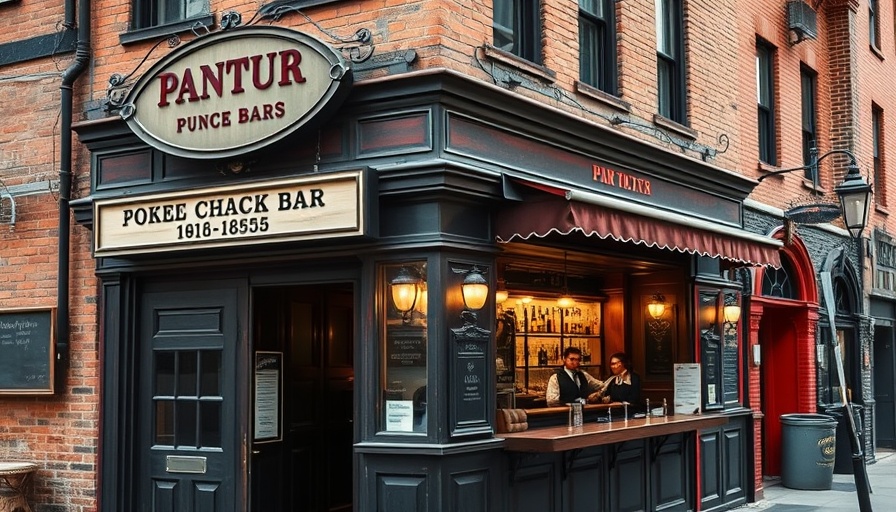
The Hidden Symbolism of Polyhymnia
Tucked behind a wrought-iron fence on East 87th Street lays a bronze statue of Polyhymnia, the Ancient Greek goddess of lyric poetry. While most statues dot public parks or prominent plazas, Polyhymnia's secluded position whispers secrets of both art and culture. With her lyre in hand and a child at her side, she represents not only the muses of creativity but also the stories of immigrant communities that once flourished in New York City.
A Journey Through History
This statue's origins trace back to the Liederkranz Damen Verein, a group founded in 1895 by German-American women dedicated to supporting their singing society. During the 19th century, as German immigrants populated the city, institutions like the Liederkranz provided cultural refuge, preserving their rich musical traditions amidst the challenges of unfamiliar surroundings.
Why This Matters
Polyhymnia serves as a poignant reminder of the intersection where art meets community. Her presence signifies contributions from those who helped sculpt New York’s cultural landscape, yet her obscure location prompts reflection on how society often overlooks such important pieces of history.
Legacy and Cultural Significance
Today, the Liederkranz continues to engage in promoting music and cultural exchange, despite the Damen Verein’s disbandment in 2009. Polyhymnia remains a silent guardian in this vibrant city, her story echoing the struggles of immigrant communities while encouraging cultural appreciation and artistry. As New York evolves, recognizing these unique monuments can enhance our connection to the past.
 Add Row
Add Row  Add Element
Add Element 



Write A Comment